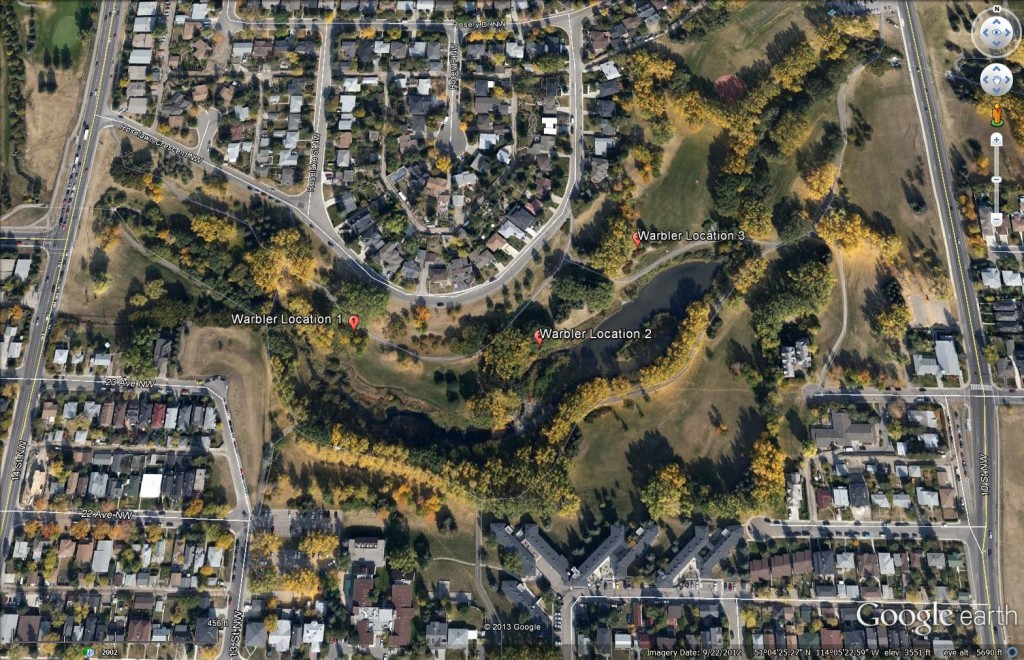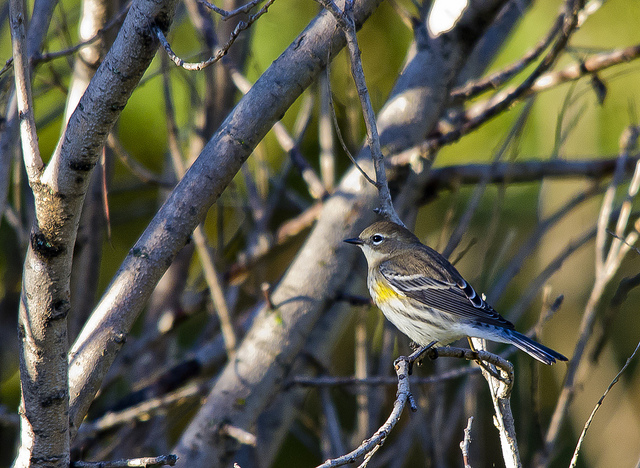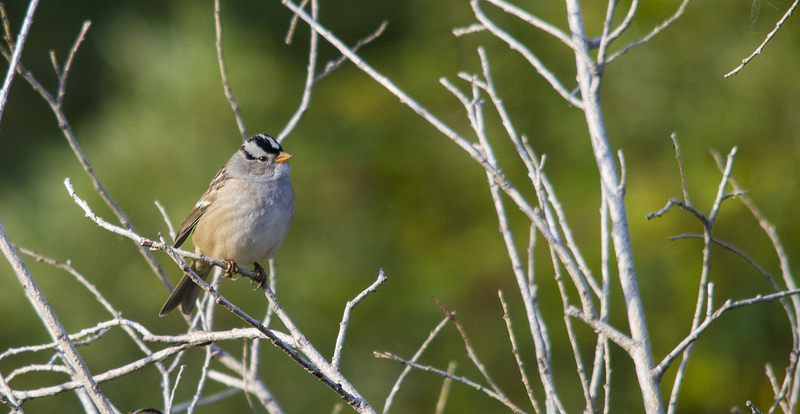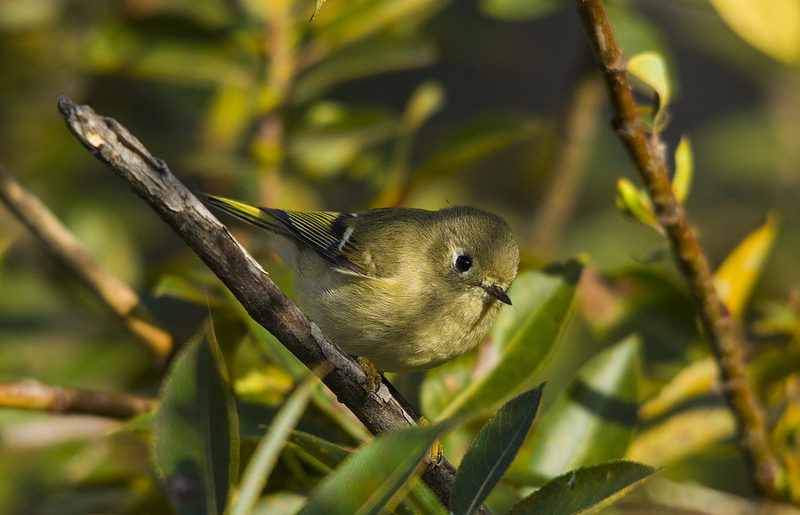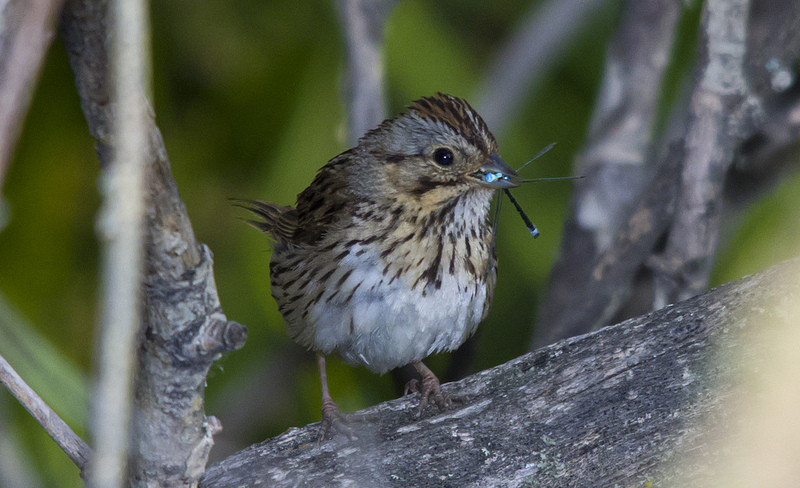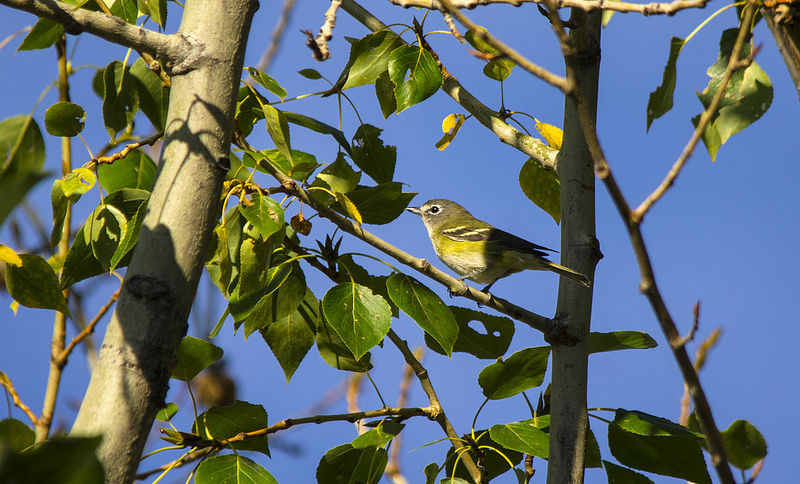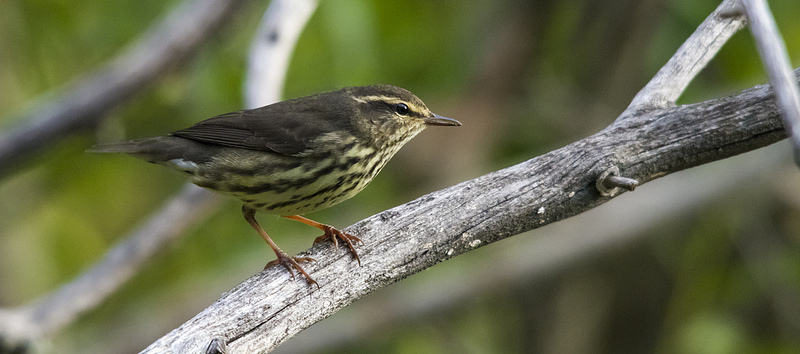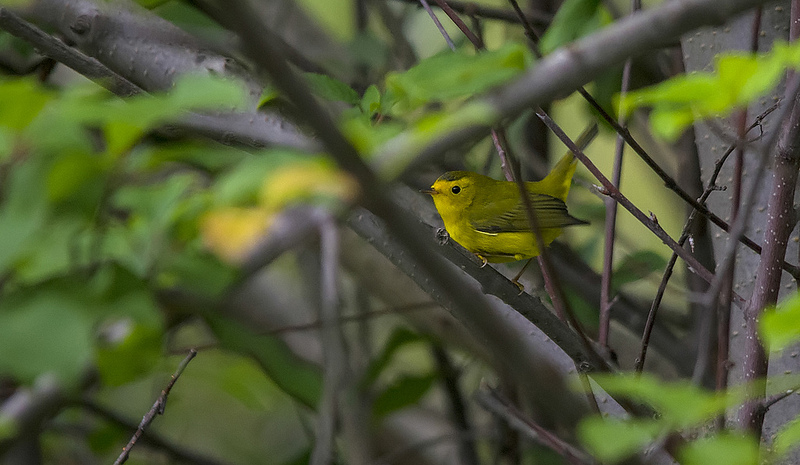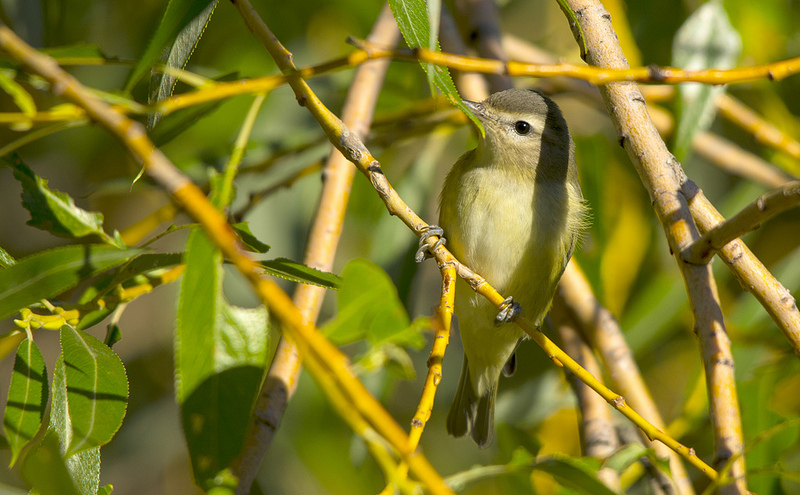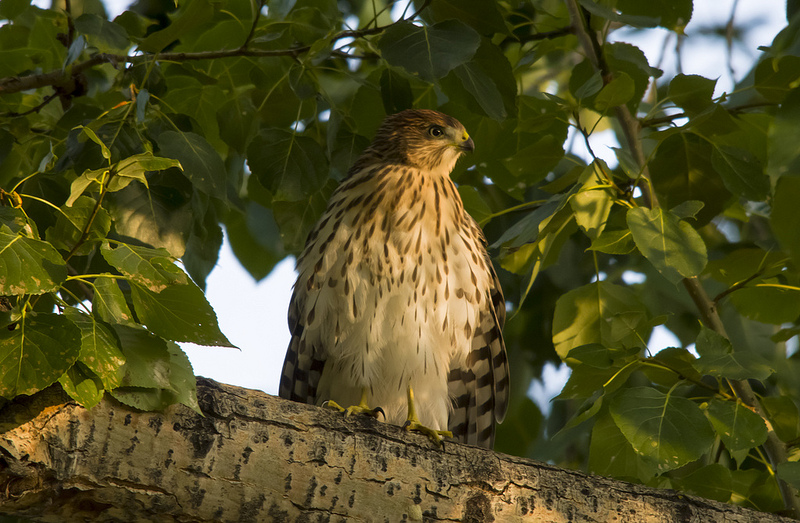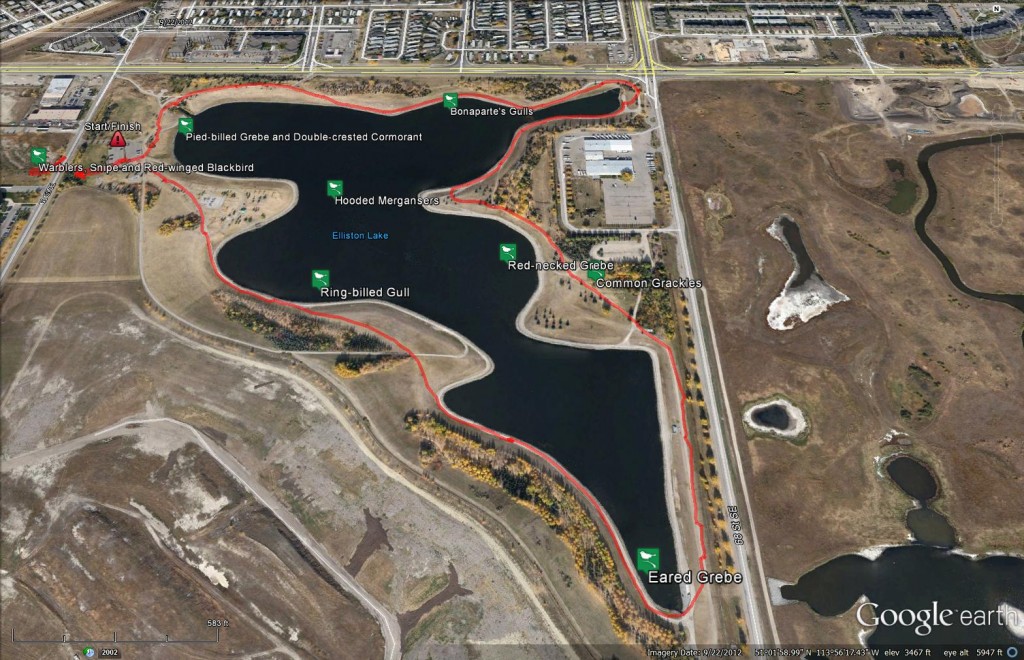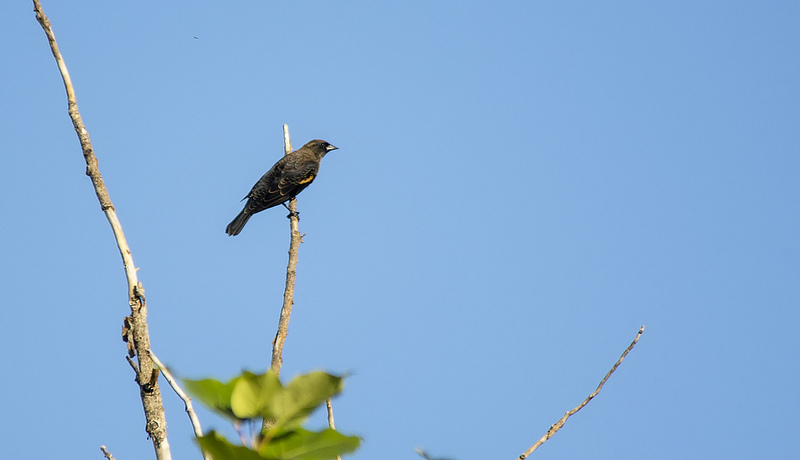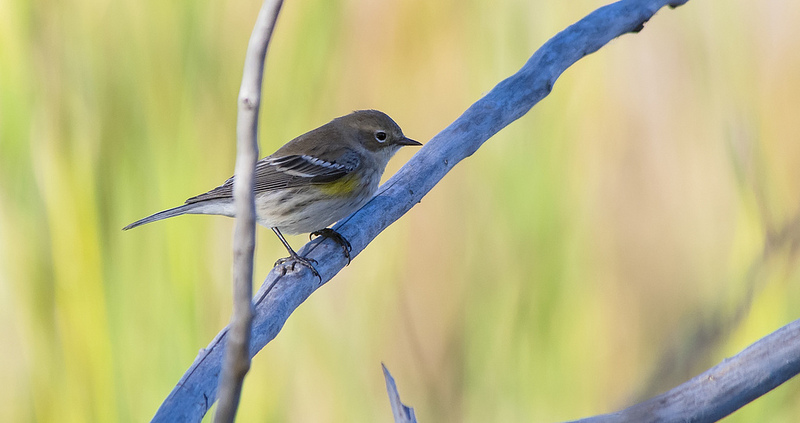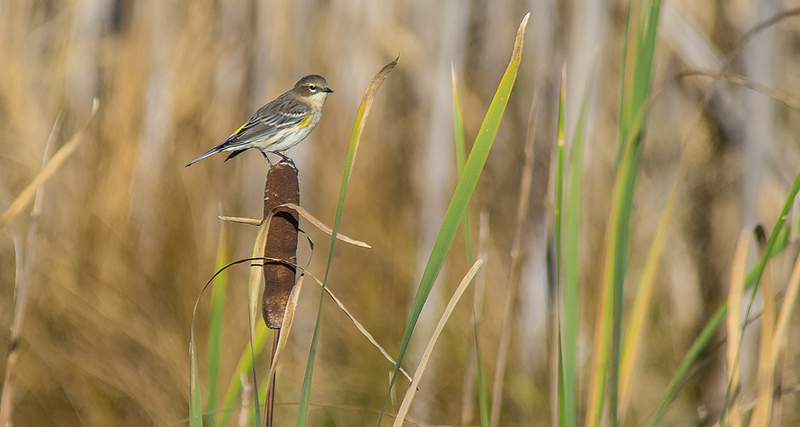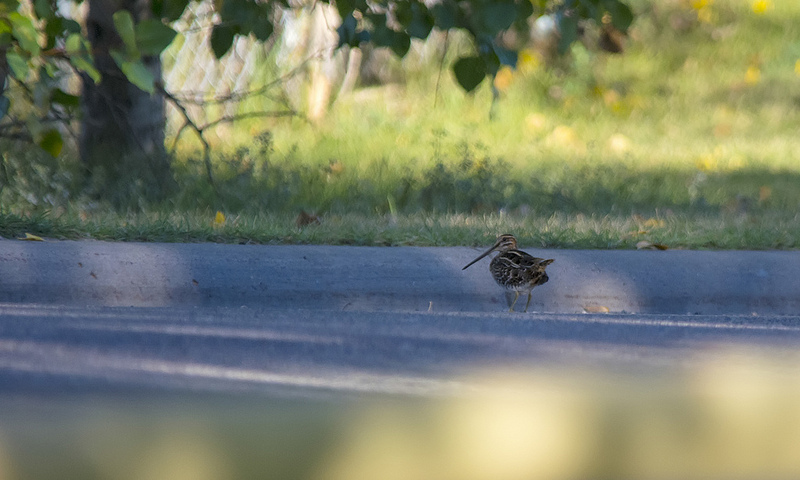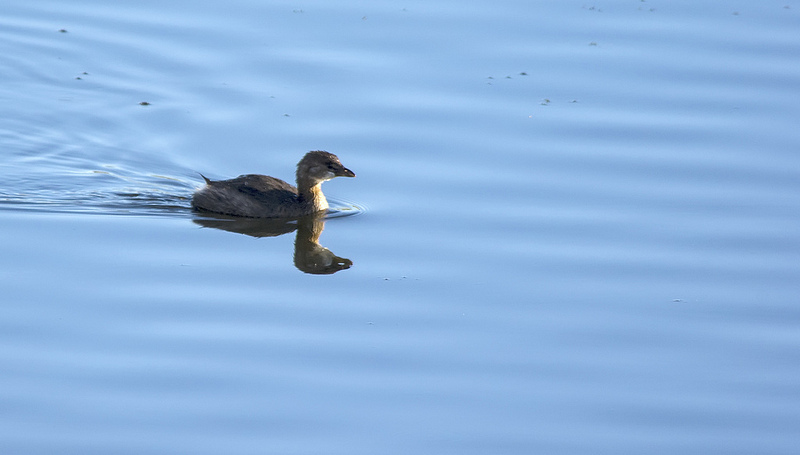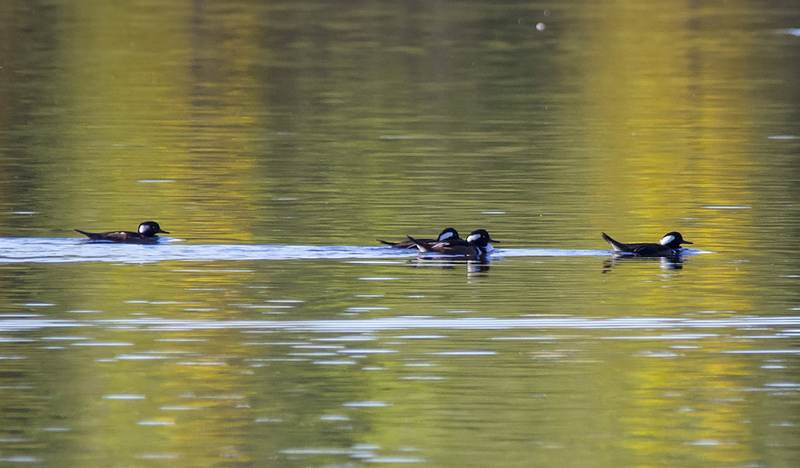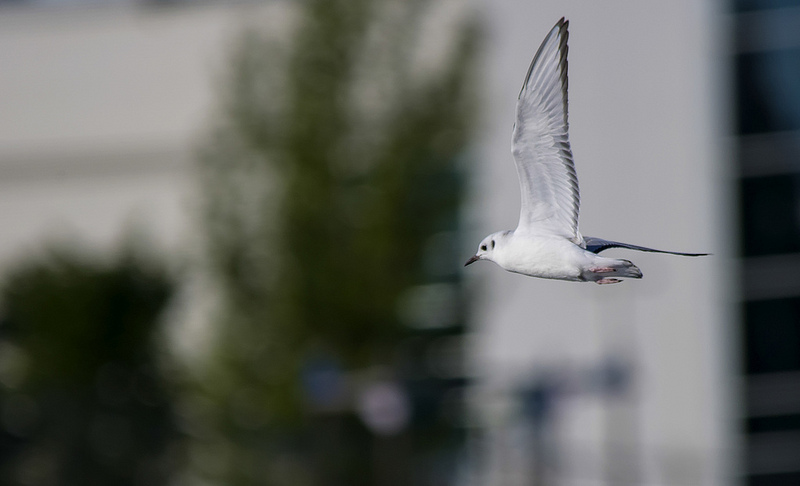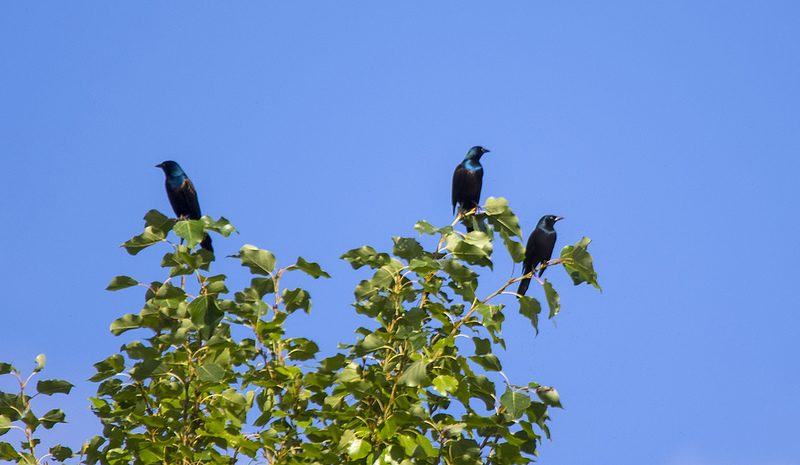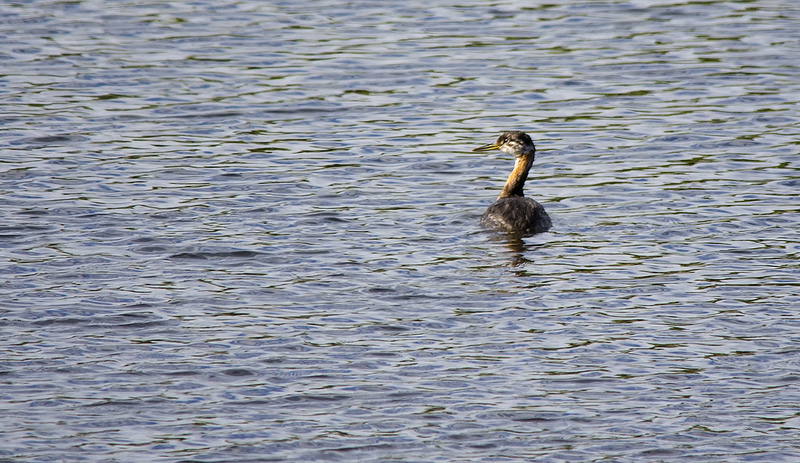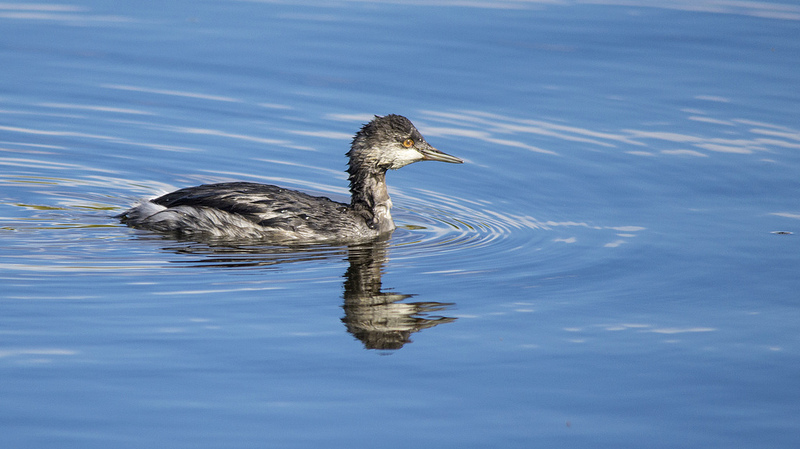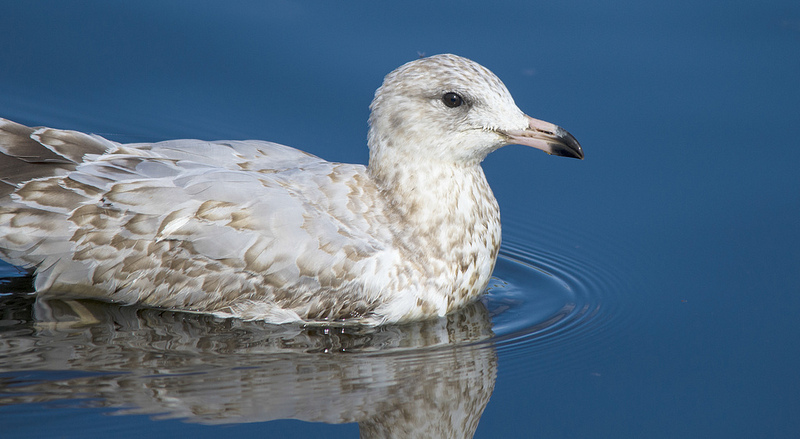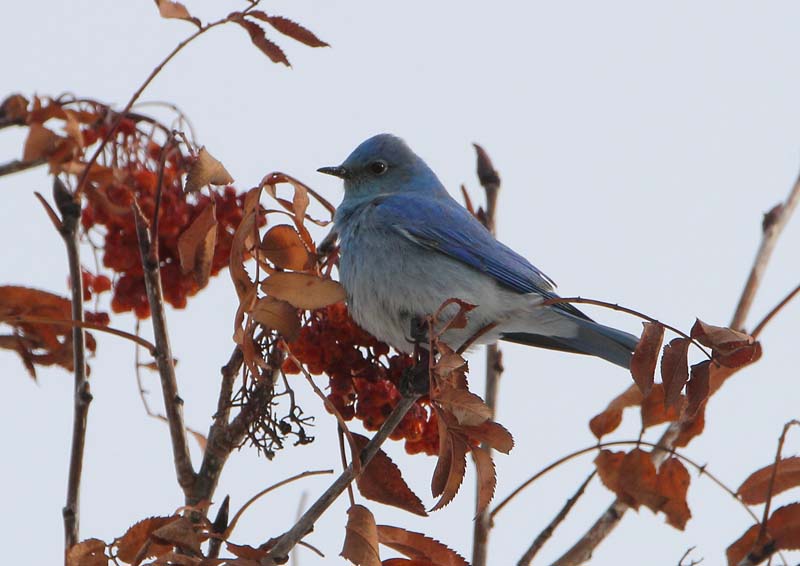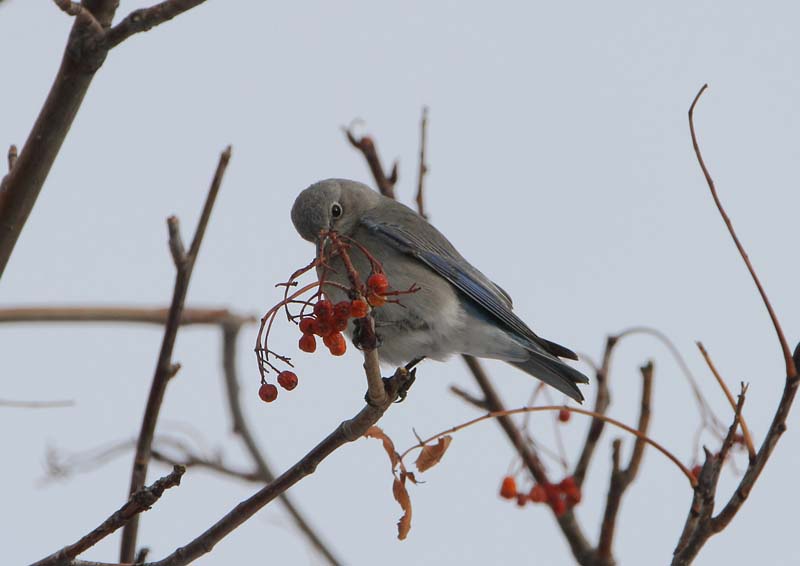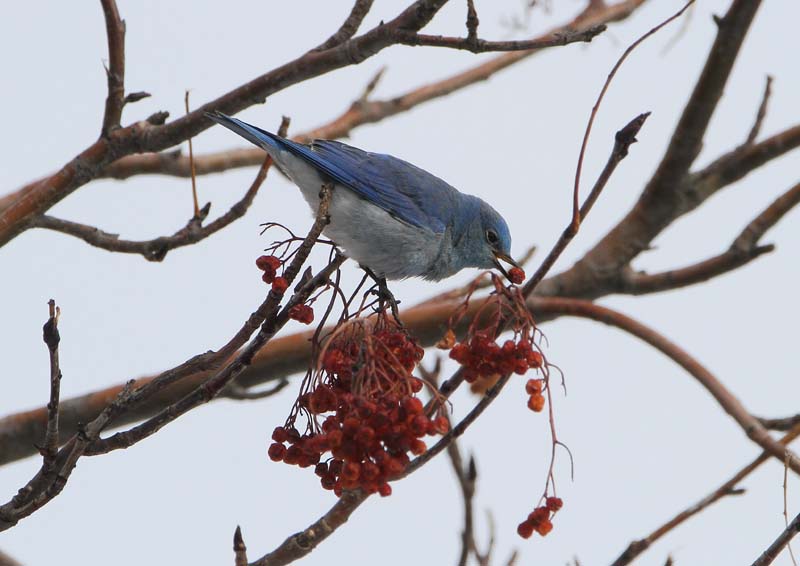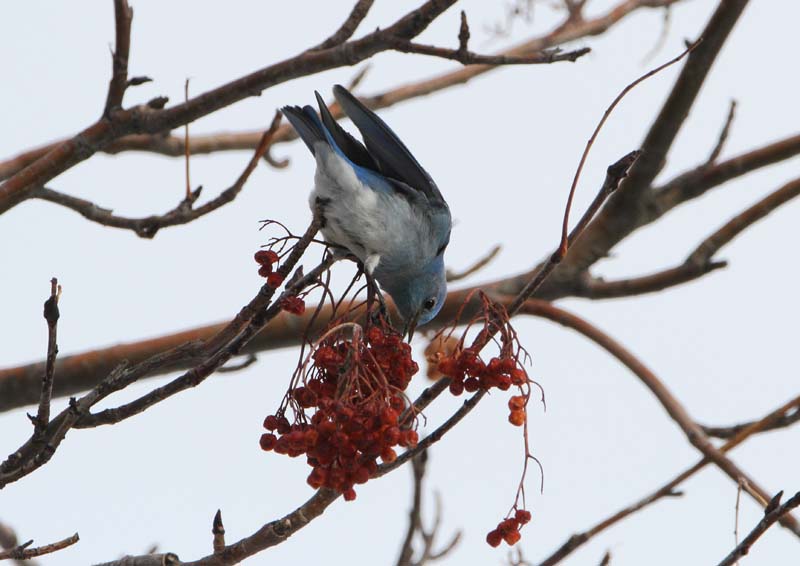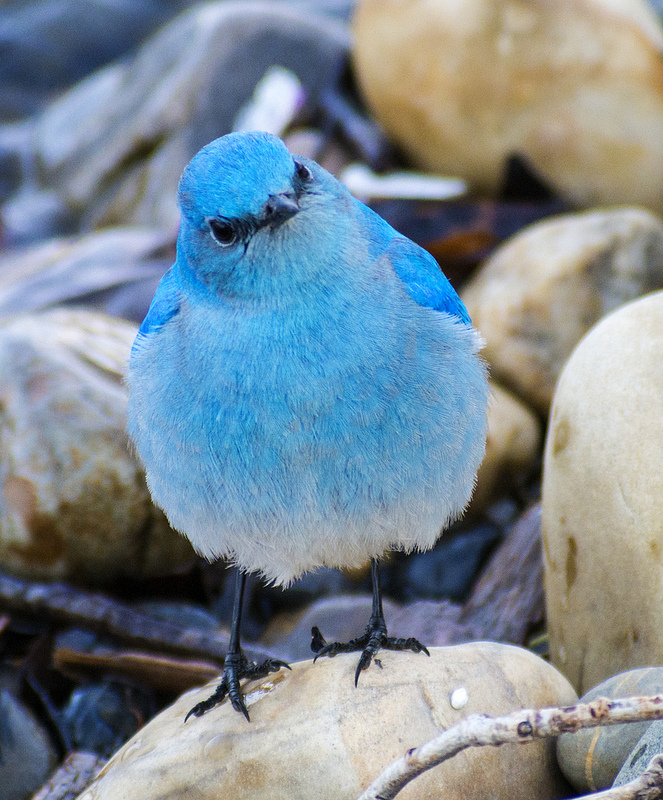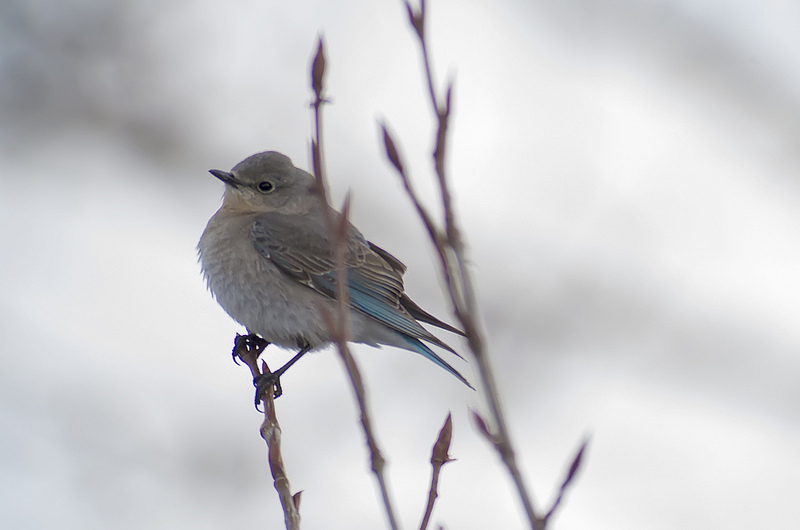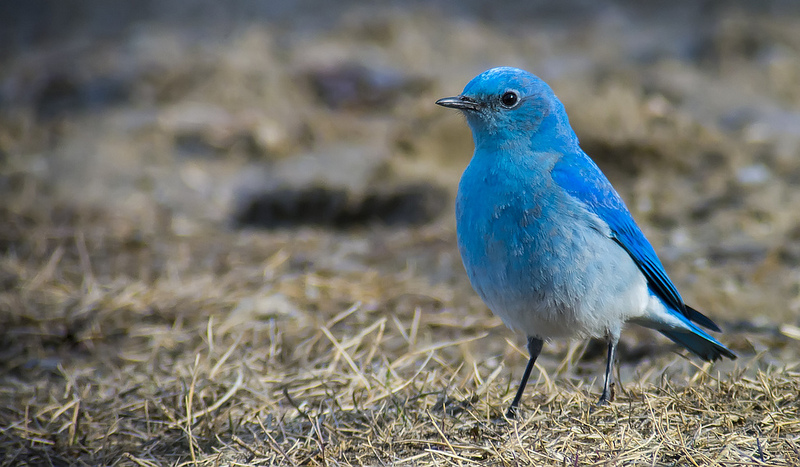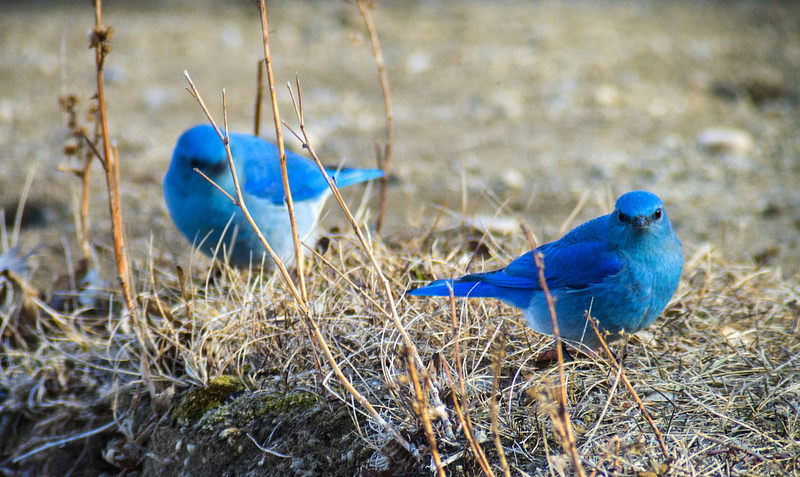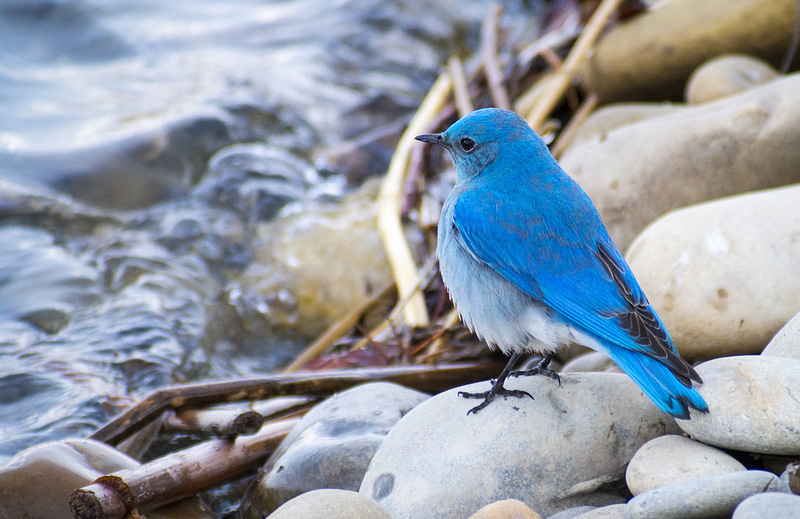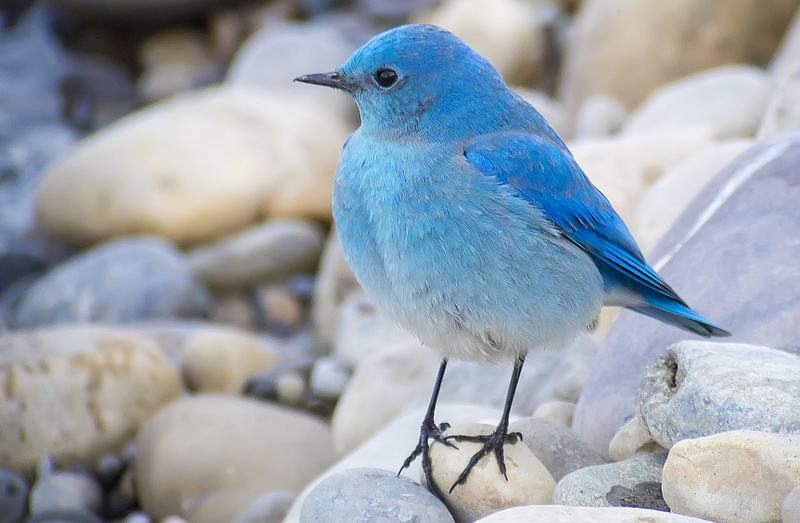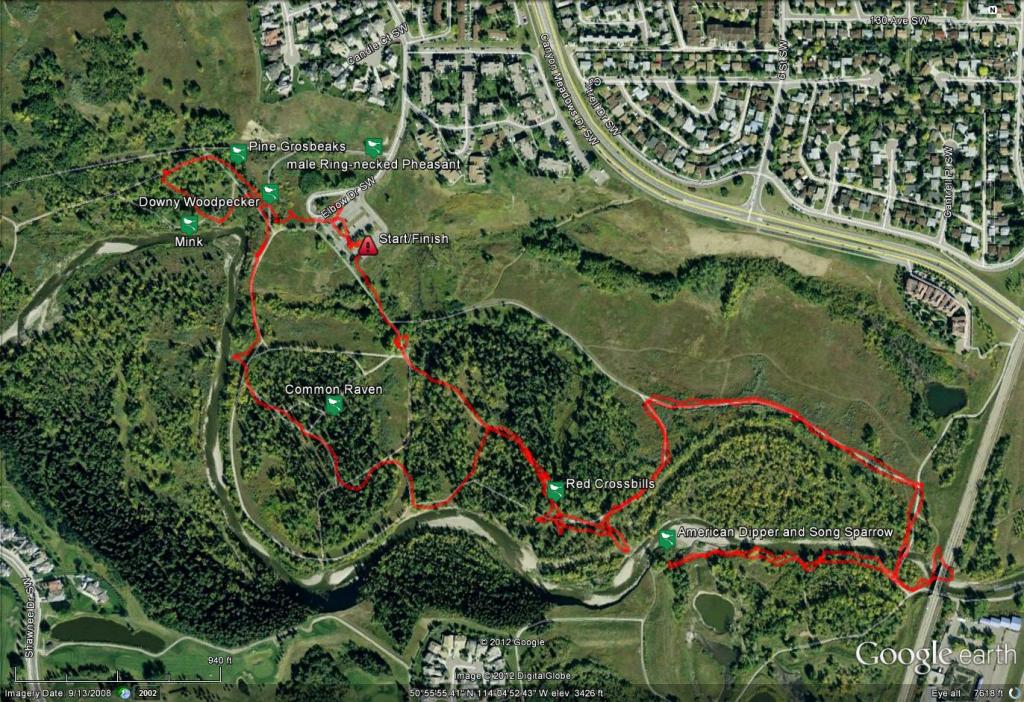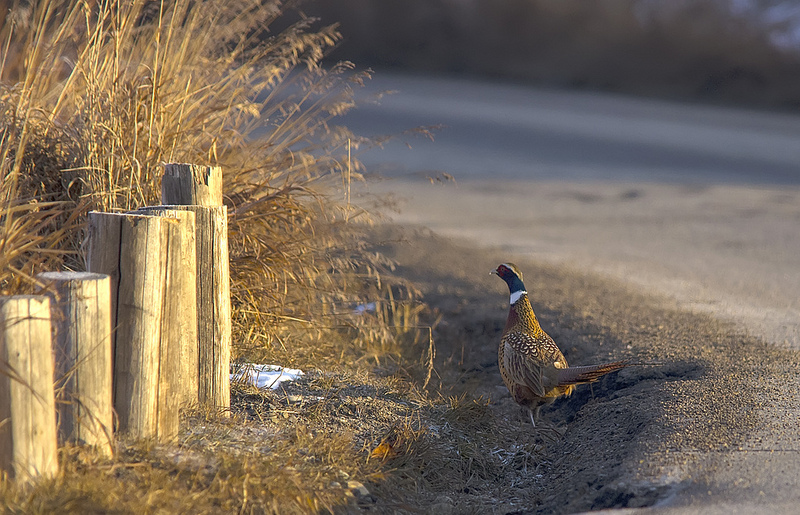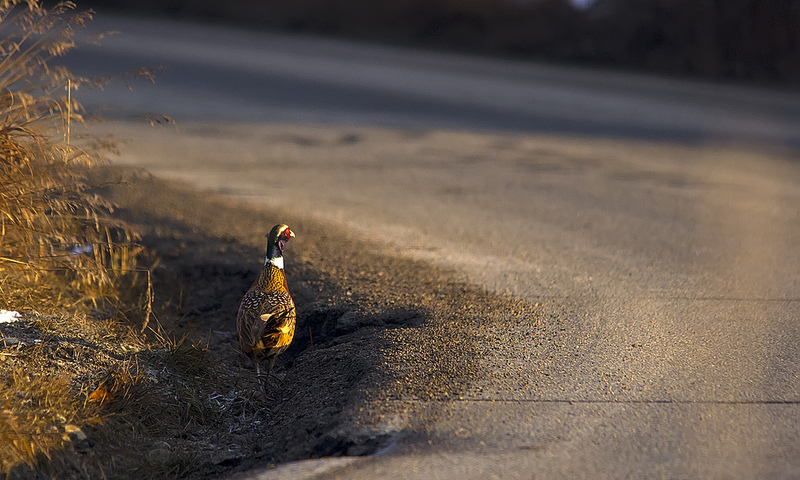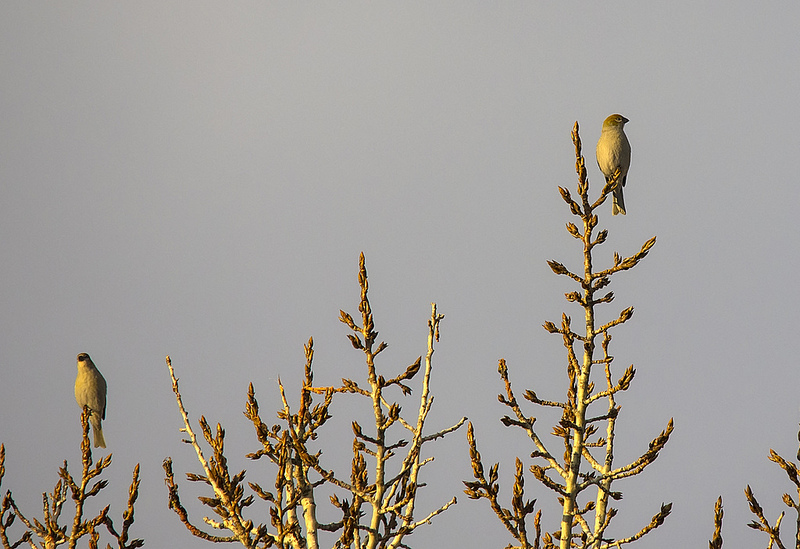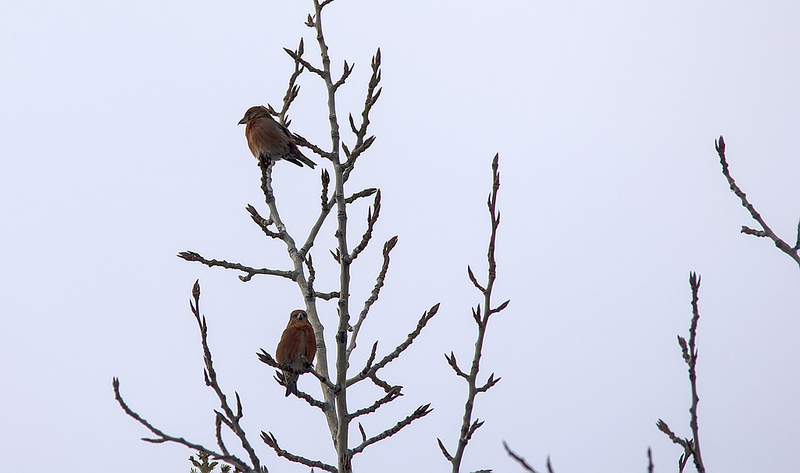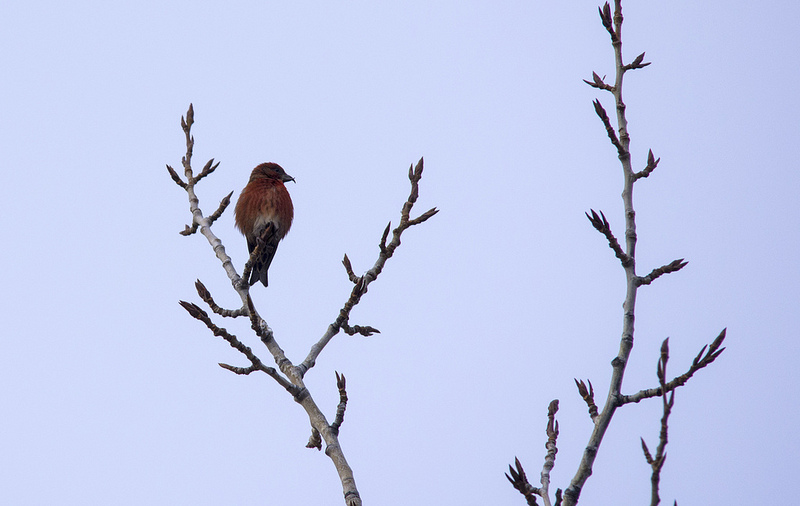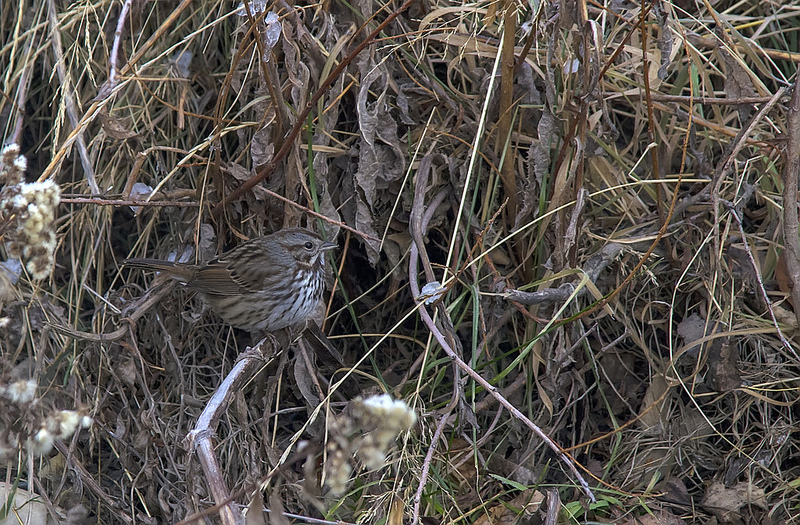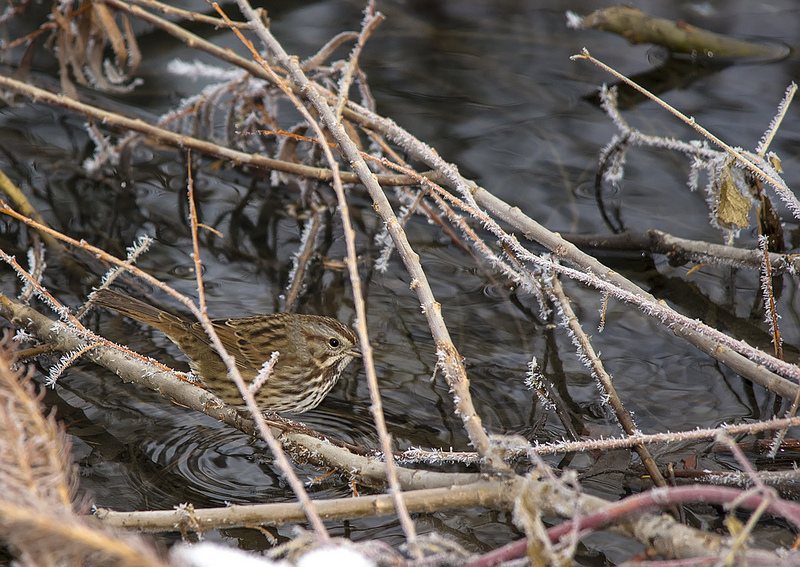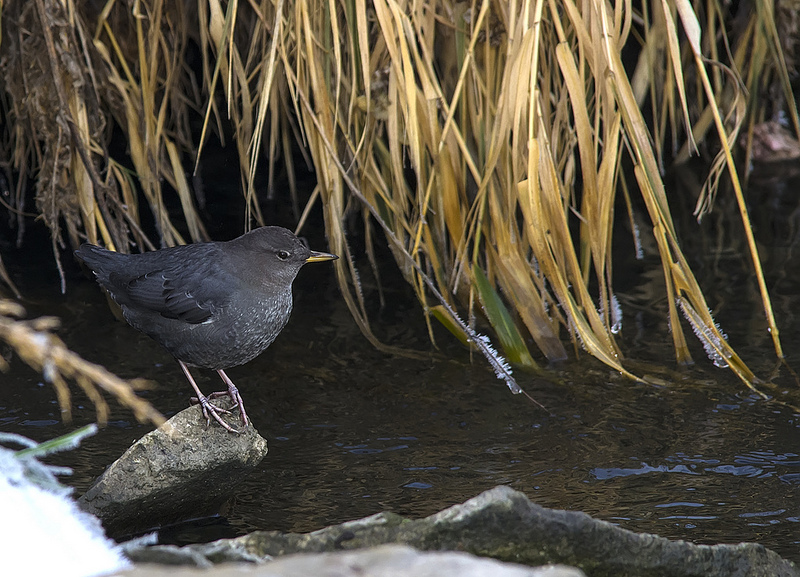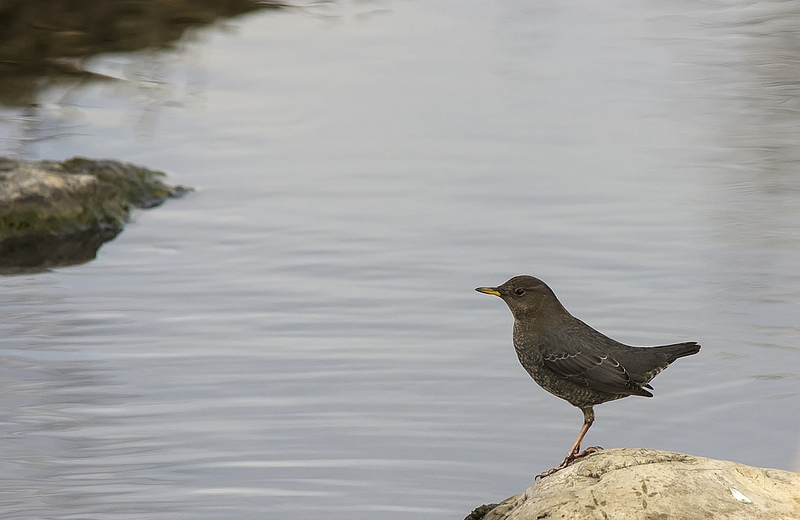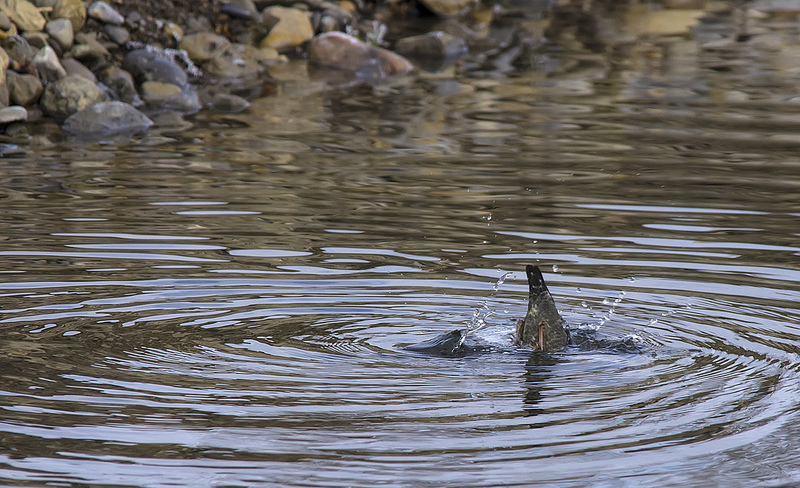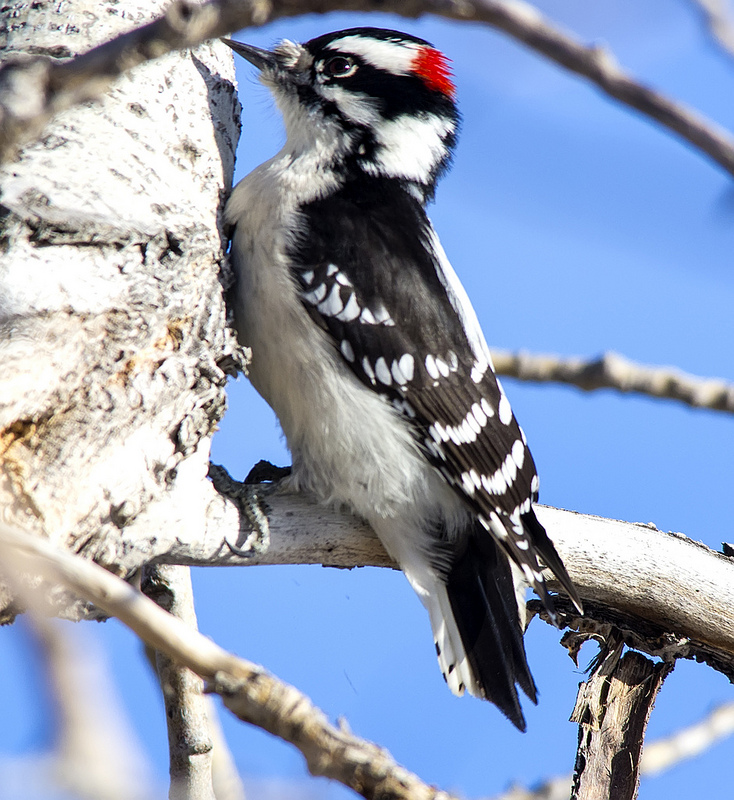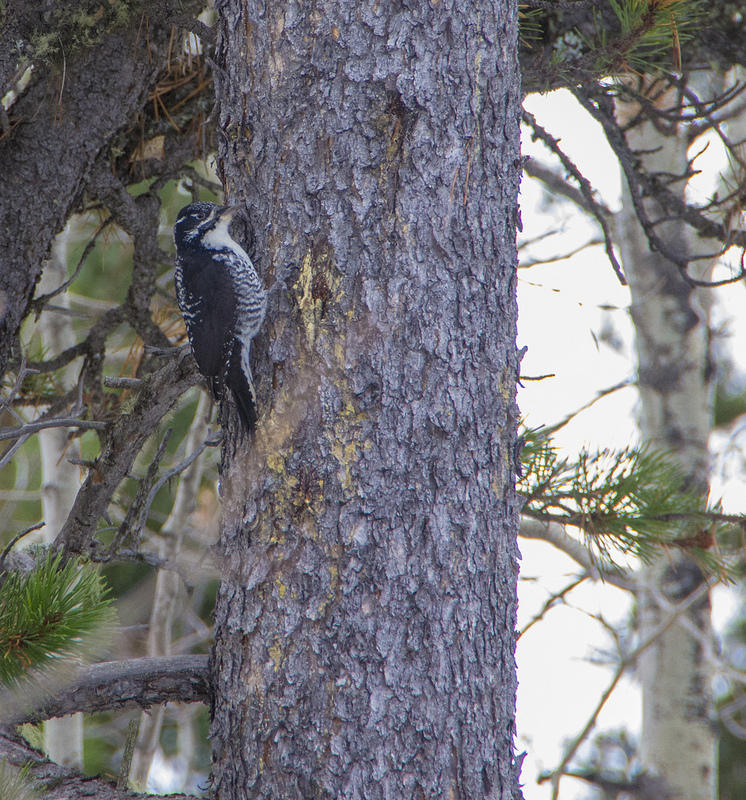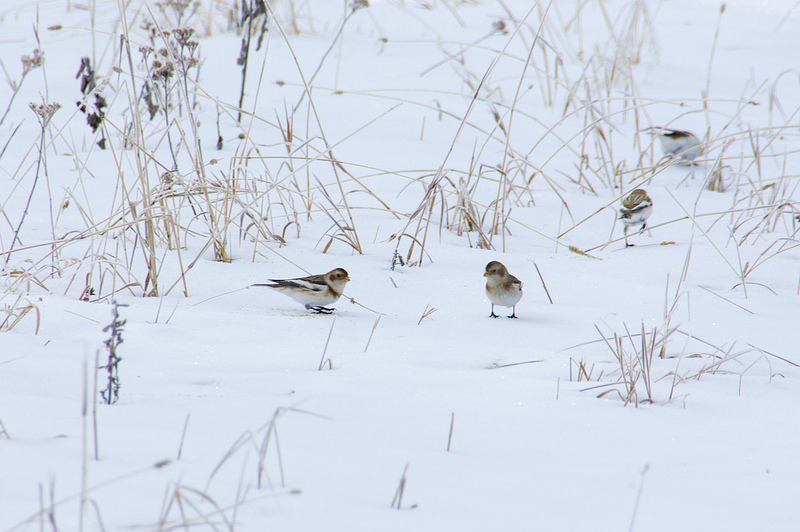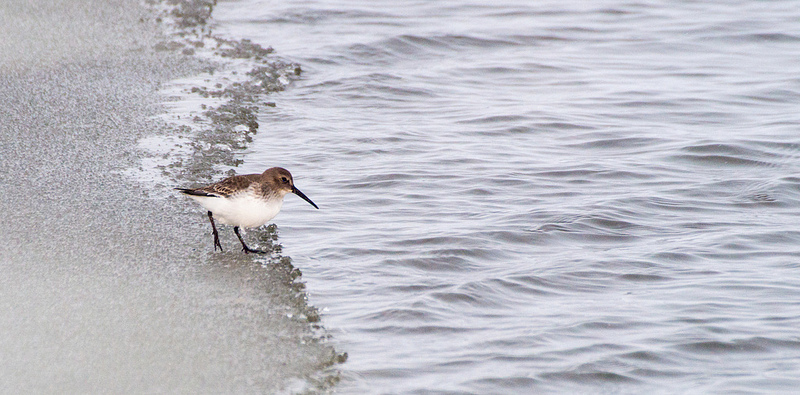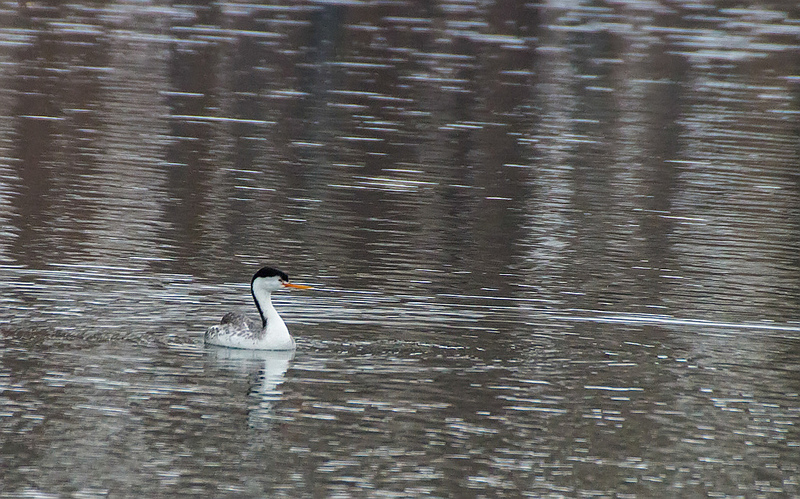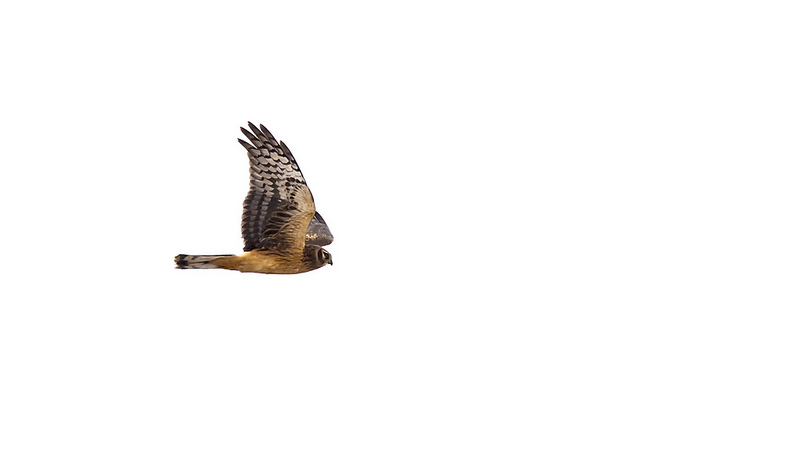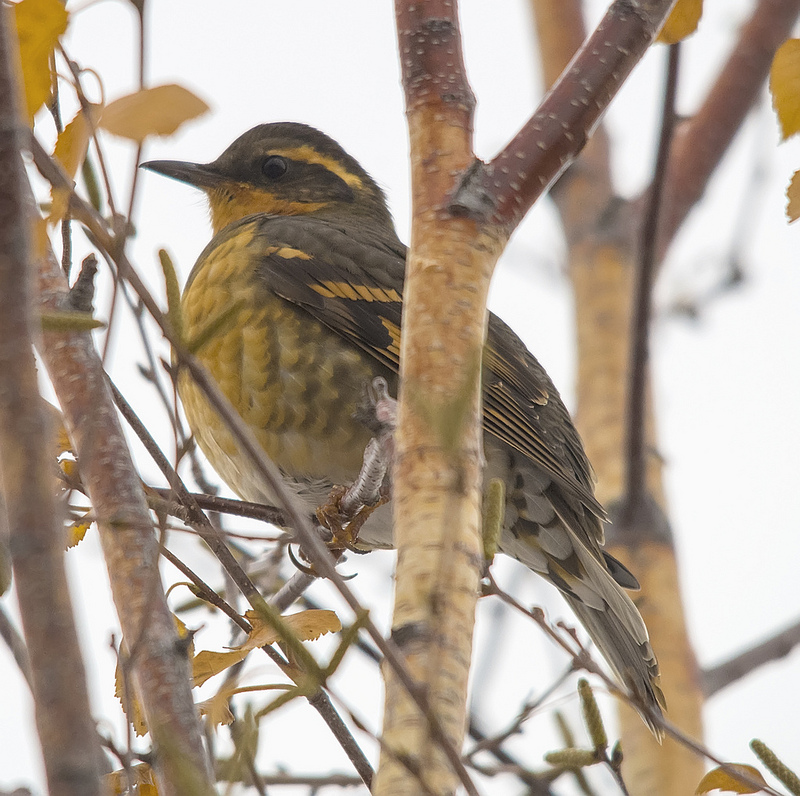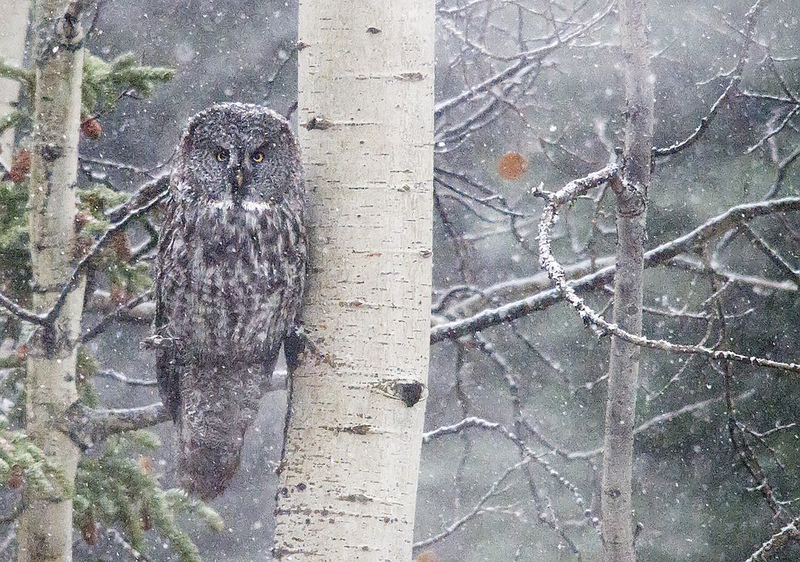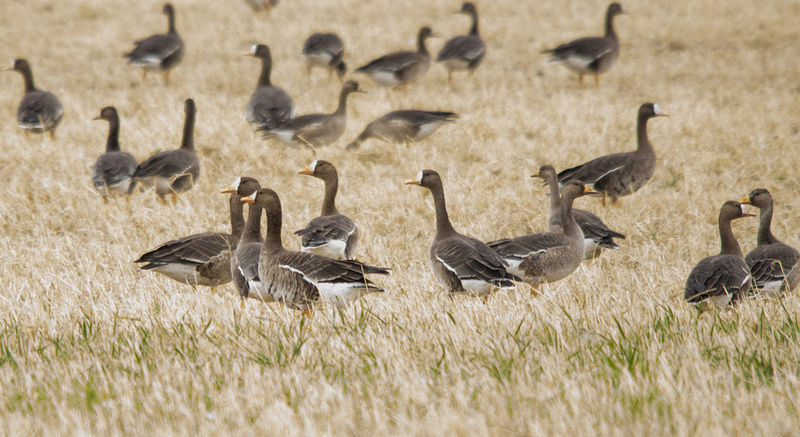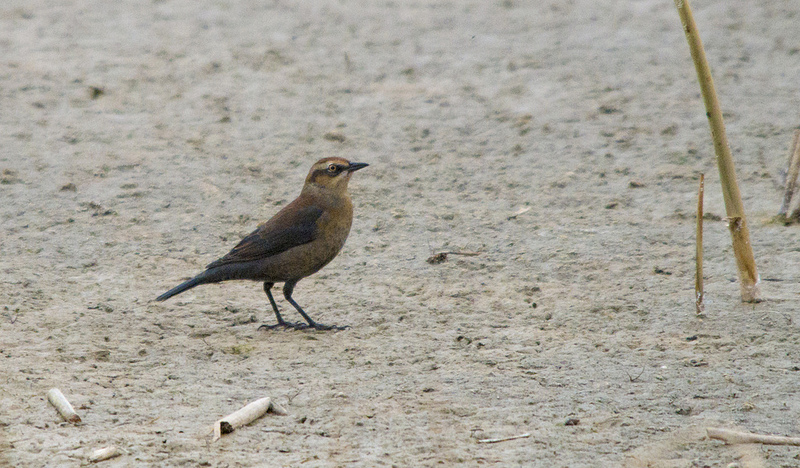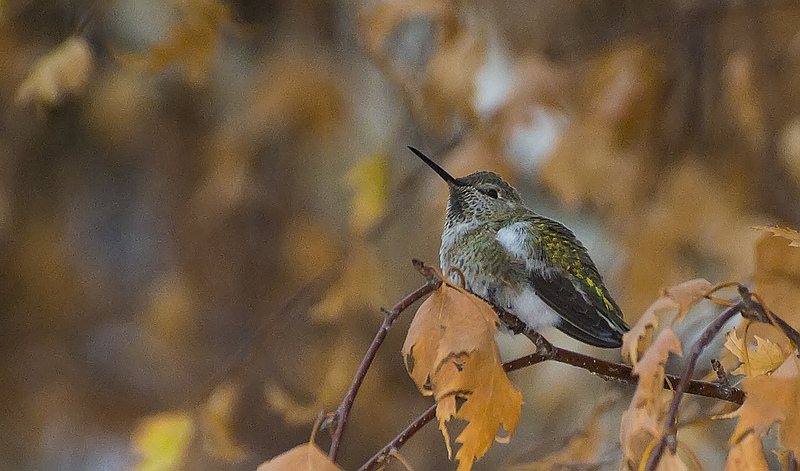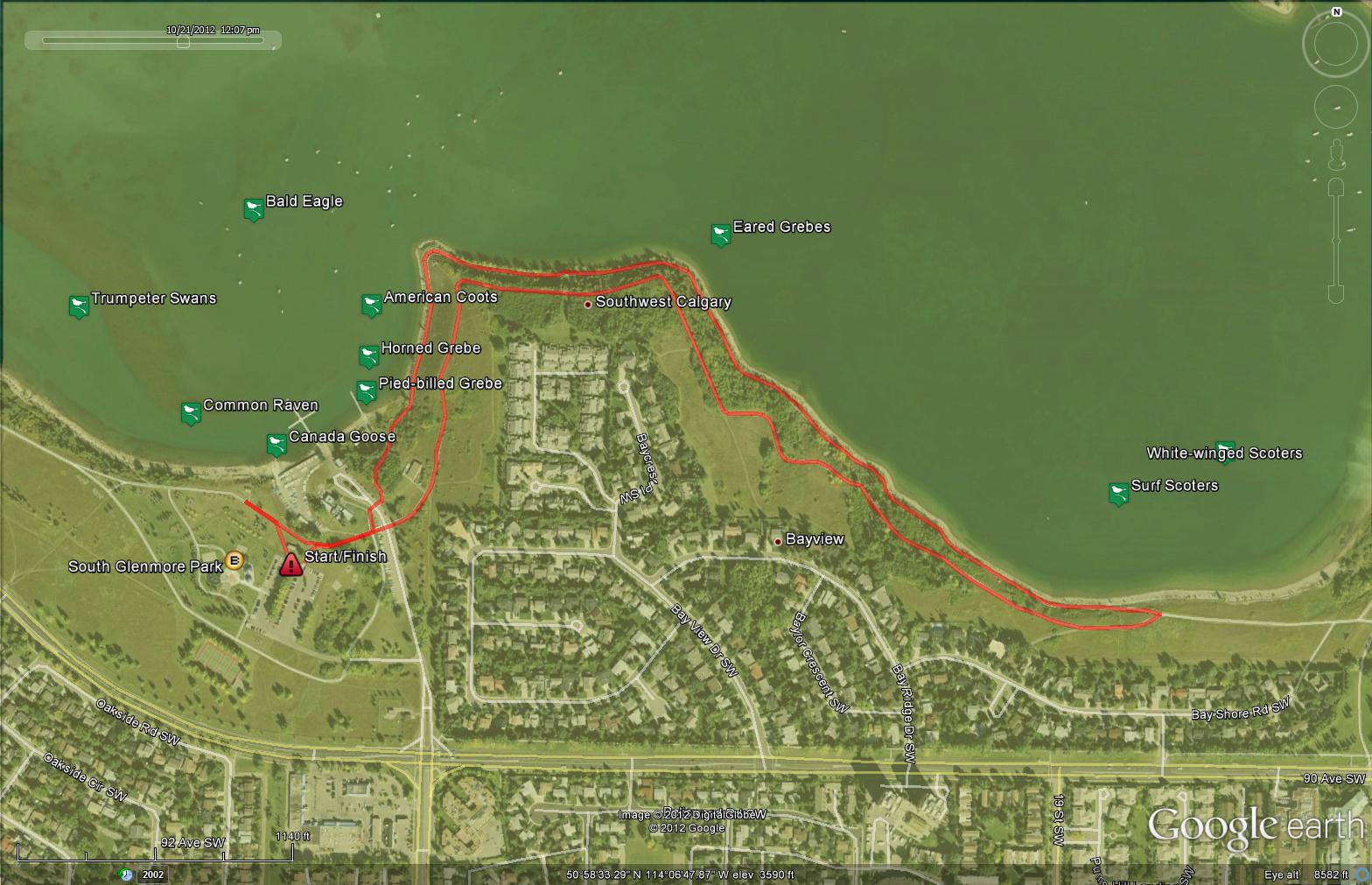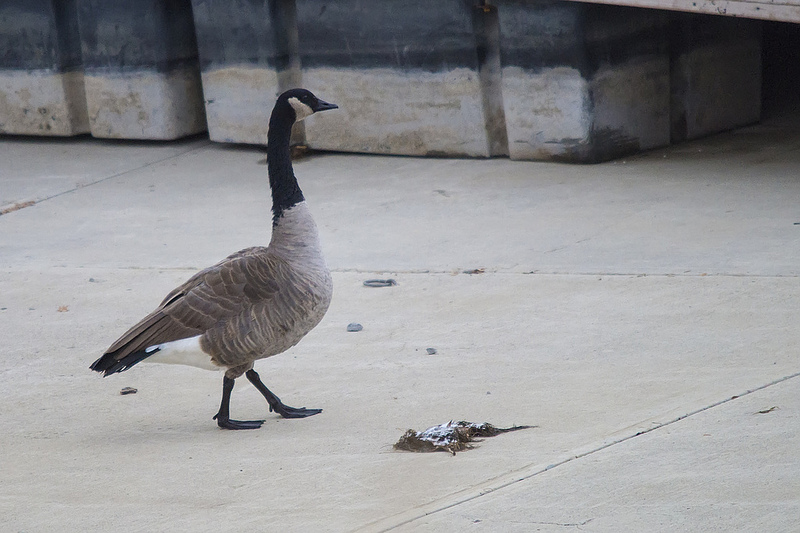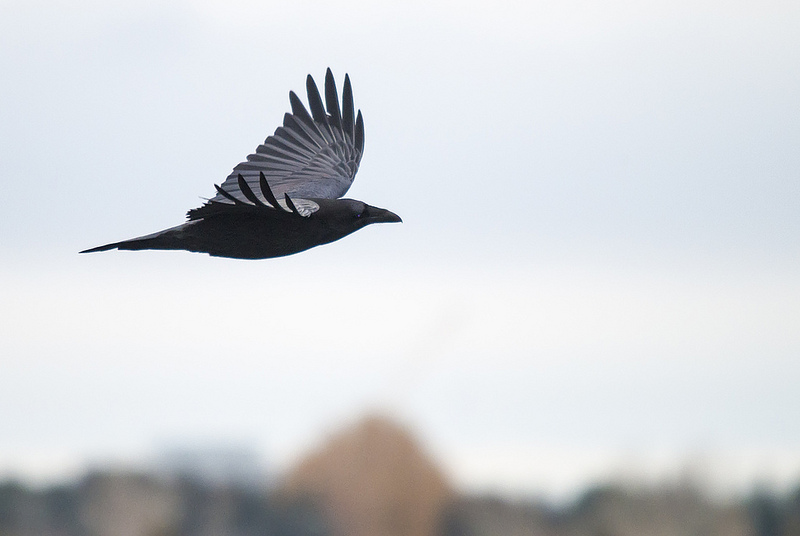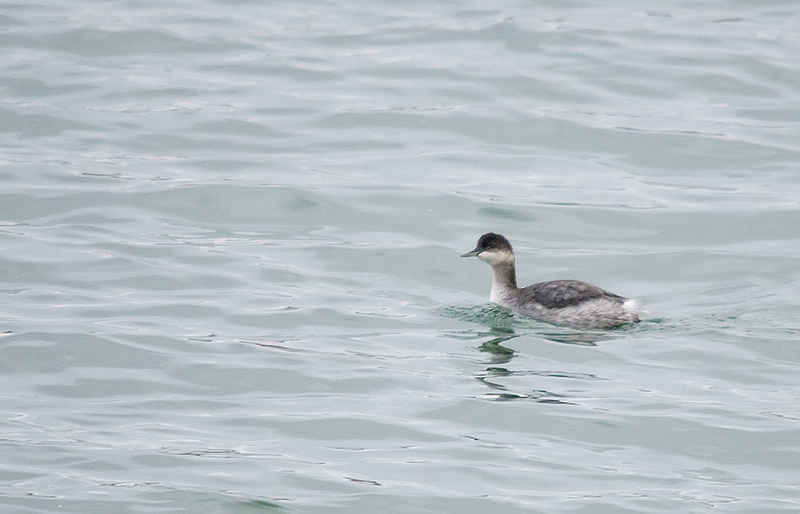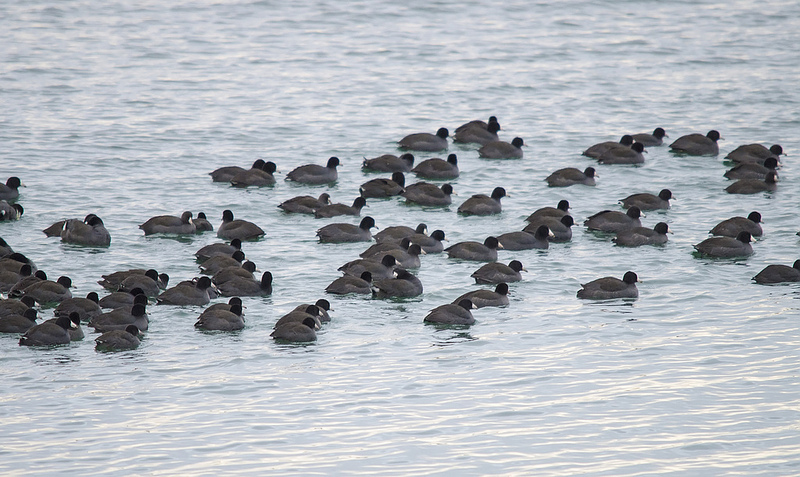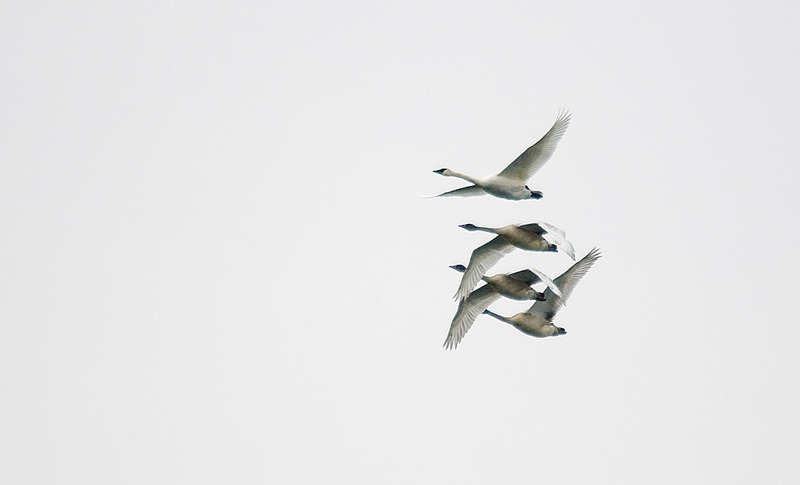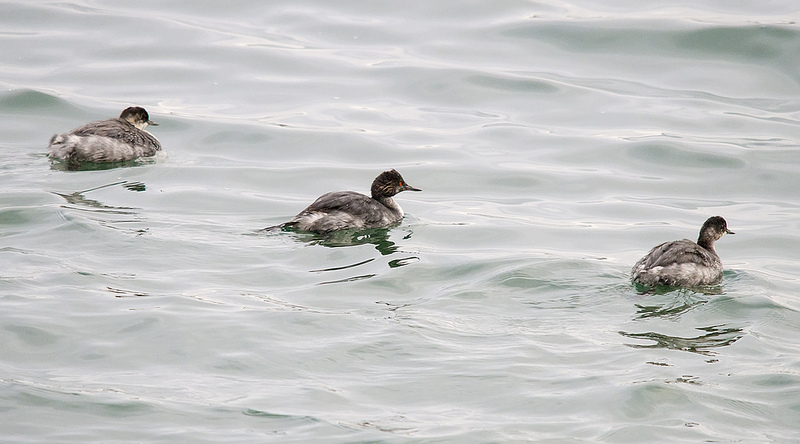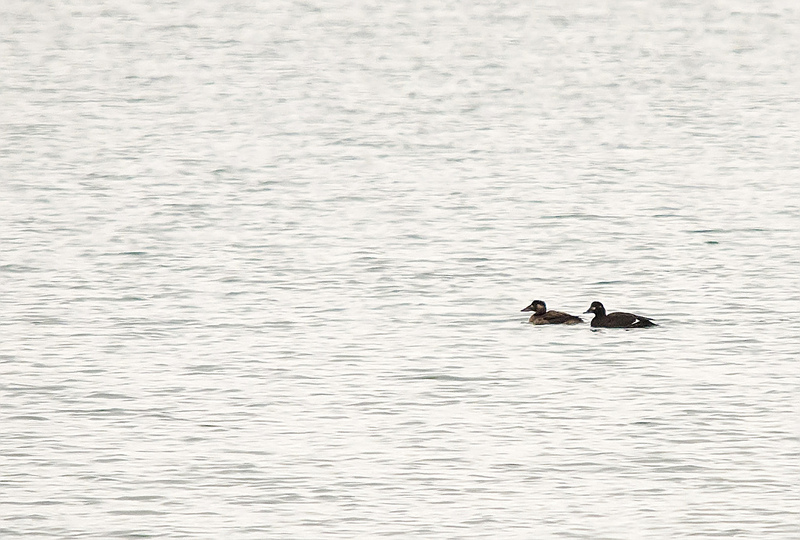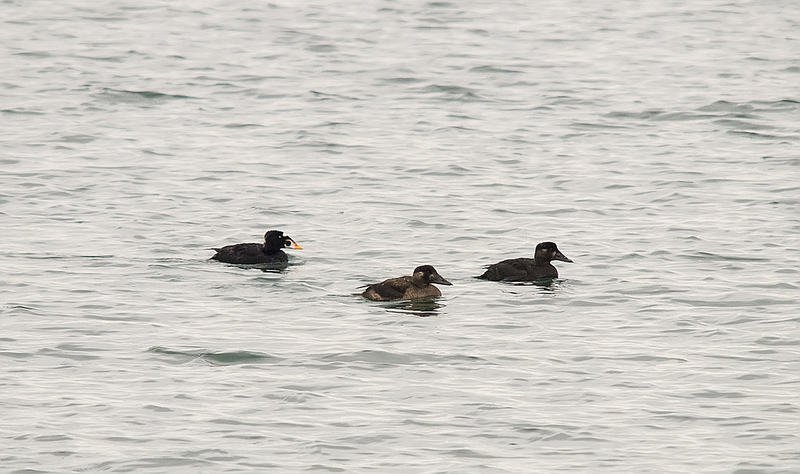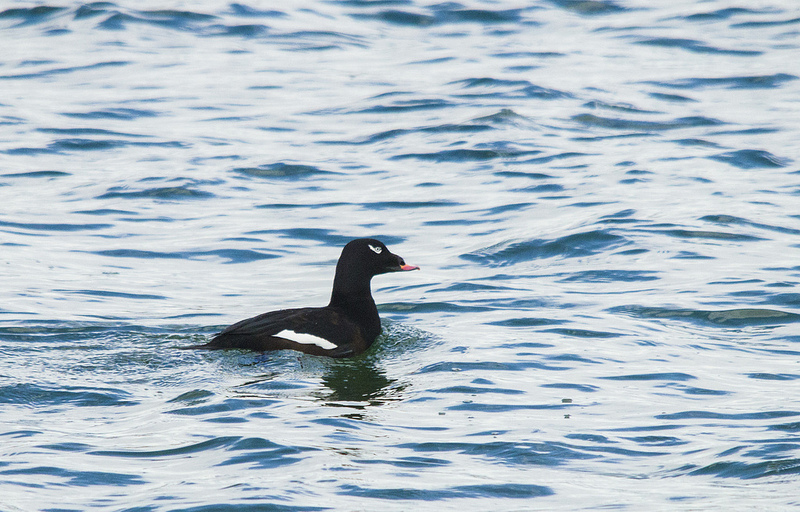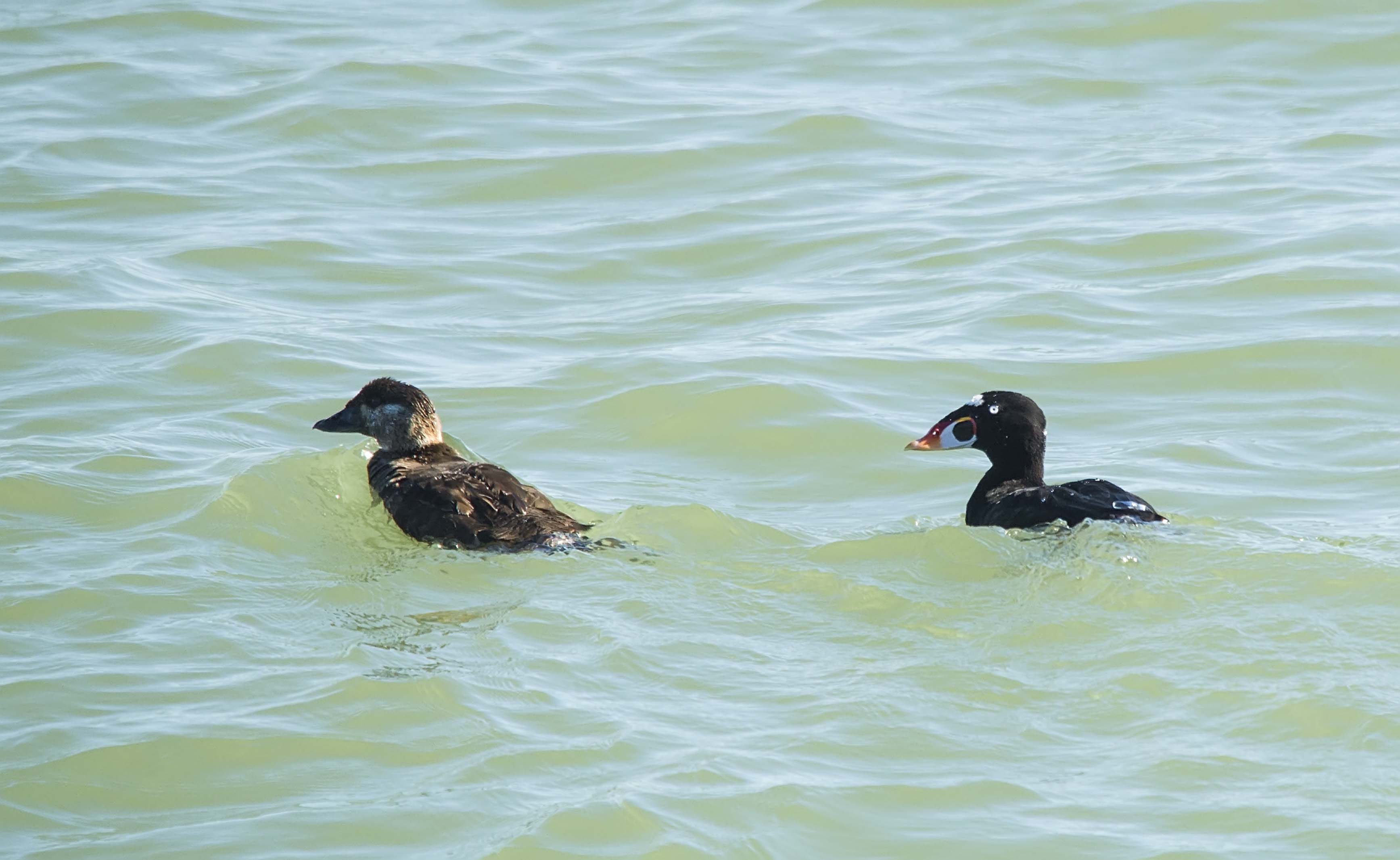Posted by Dan Arndt
Now here’s a post that’s a major blast from the past.
I originally started this post over a year ago, with the plan of getting out as often as I could during the height of warbler and vireo migration to the titular hotspot in the Calgary area, or at least, the one I see the largest number of people at the most often. While I didn’t get out nearly as much as I wanted last year, with my current employment situation I had more than enough time on my hands, and was out visiting Confederation Park at least three days a week for four weeks straight. While it was a lot more birding and a lot more challenging than I was prepared for, I was quite happy to nab a handful more life birds and as wide a variety of warblers and vireos as I have ever seen in my life.
Confederation Park is located between 24 Ave. & 14 St. N.W. and 30 Ave. & 10 St. N.W.. and covers over 400 acres. It contains stream channel whose banks are covered with water willow, aspen, and a wide variety of small shrubs which are perfect for insects to roost on in the evening and overnight, and even more perfect for the vireos and warblers to hunt in the early morning light. As the insects warm and begin to fly, so do the warblers, allowing brief, and rarely satisfying views of each and every one of them. Another advantage to the park is that is is a fairly continuous green belt, which is the last major park before the Bow River Valley, and following the expanses of relatively poorly vegetated communities and grassed over parks, perfect for warblers to end a night of nocturnal migration.
The attached map shows the three primary locations where the majority of the warbler activity is localized, but since they’re birds, and they do have the ability to fly, just about anywhere in the park can be a hot spot. That said, about 75-80% of all the warblers, vireos, thrushes and the like that I have seen in this park have all been at one of these three locations.
One major advantage to birding this area in the fall, especially during warbler migration, are the huge number of other birders around, some of which are incredibly experienced and know their warbler IDs pretty much spot on every single time. I’ve learned a lot just by tagging along with some of them on some of the more productive days!
One of the most amazing things I noted this year, while keeping track of both my own sightings and those of others, is that it appeared that just about every species that breeds in the boreal forests of Alberta, Northwest Territories, and the Yukon were found on their way through at this magical place.
Here are just a few of the warblers, vireos and sparrows that I’ve managed to find here at Confederation Park in the past few years.
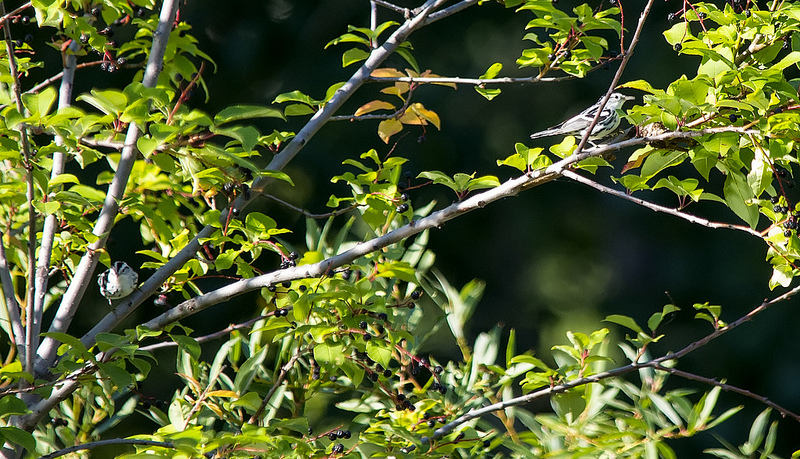
Black-and-White Warblers – August 29, 2013
Pentax K-5 + Sigma 150-500@500mm
1/800sec., ƒ/6.3, ISO 1000
And of course, anywhere you find small songbirds, there’s always someone looking for a quick meal.
